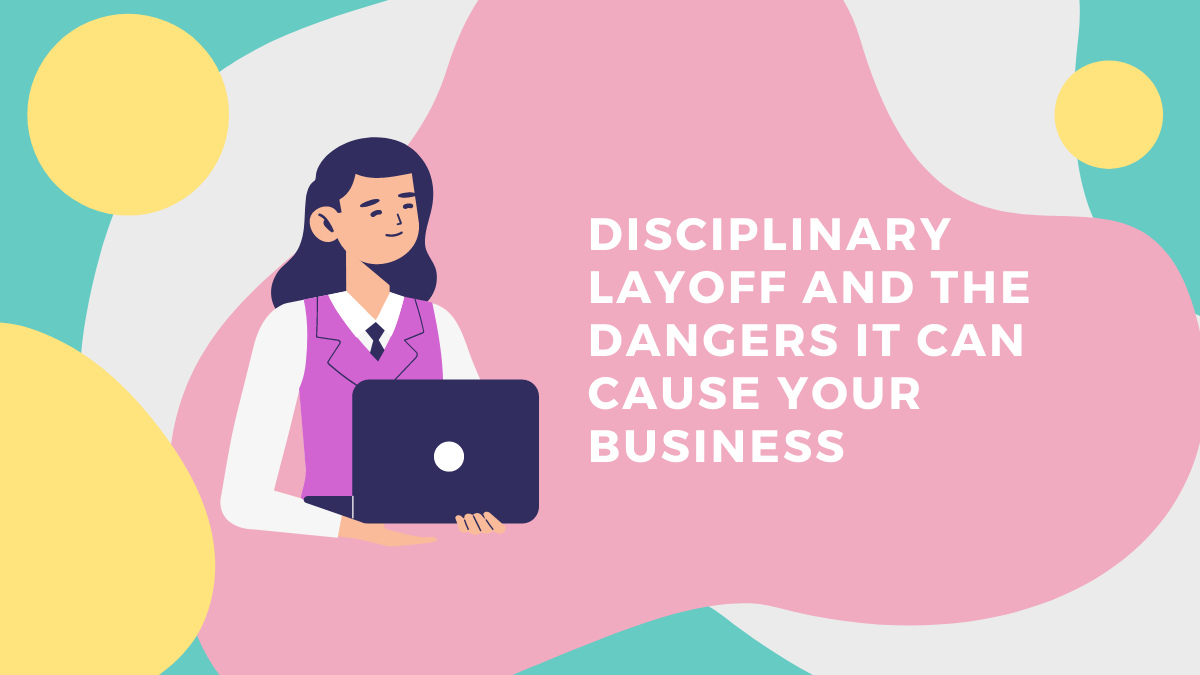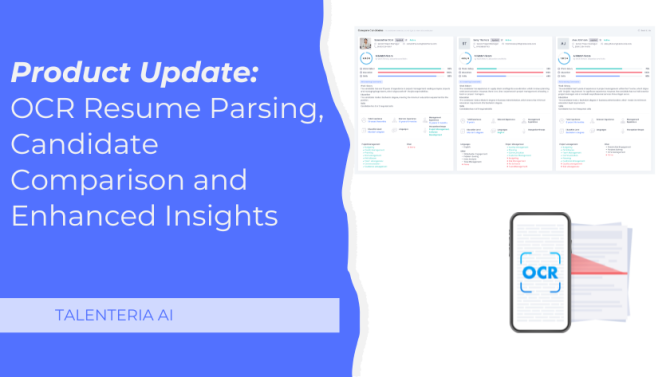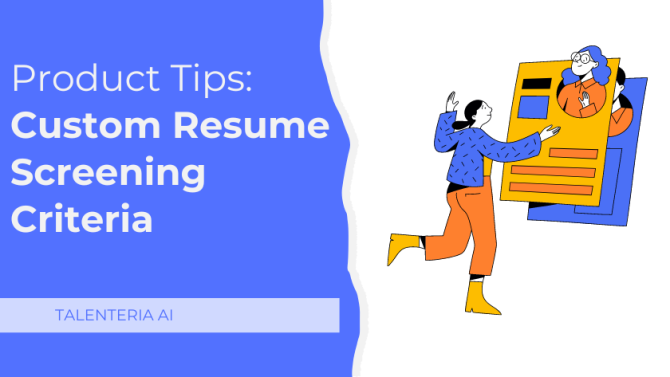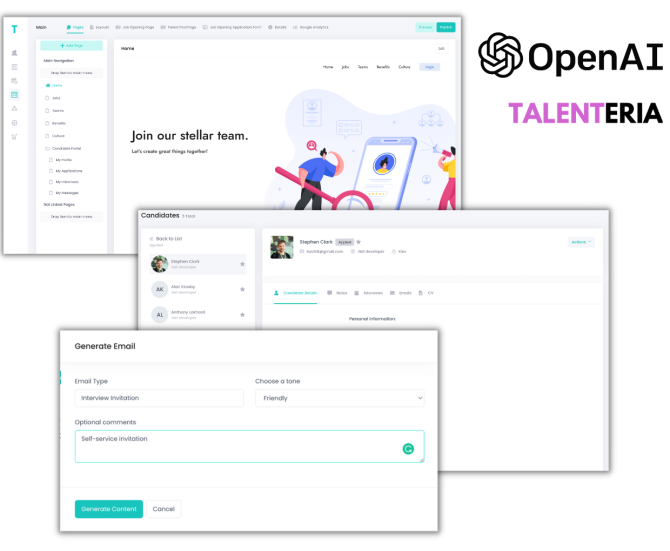
What Is Disciplinary Layoff?
As your business grows, it’s necessary to hire more people that you think could play a role in leading your company to success. A new hire, as well as an experienced worker, is expected to follow certain rules and regulations of the organizations - and if they break some of the rules, they might get laid off.
However, disciplinary layoffs aren’t all that simple. Such a layoff may pose some risks to the employer, so HR managers try to be very careful with this measure.
In this article, we are going to discuss what a disciplinary layoff means to both business owners and suspended employees, what risks it may cause, and compare disciplinary layoffs with firing. But first, let’s define layoffs.
What Is a Disciplinary Layoff?
A disciplinary layoff (DLO) is a temporary suspension of a worker from work due to violations of a company policy or regulations.
Layoffs usually occur because of business reasons like contract loss, delays, plant closings, and economic reasons, such as a slow season. For instance, construction workers cannot perform their duties in the winter, so they might be suspended from work for a few months, promised to be called back as soon as the conditions improve.
Some employers may lay a worker off instead of firing them to punish the employee for systematic violations.
The Danger of a Disciplinary Layoff
A disciplinary layoff might be the right course of action for your business. But, on the other hand, holding an event like this can also cause some serious problems. When holding a disciplinary layoff, it is important to be able to consult with legal counsel to make sure you’re following all federal, state and local laws.
These are the main drawbacks of disciplinary layoff and dangers you should take into account before laying someone off:
1. Legal Actions
If a worker does not feel like they have violated any company policy rules, they can file a lawsuit against your organization. Even if such legal actions don’t result in damages, they can still be quite costly and time-consuming.
2. Reduced Efficiency
If you have a small business, laying one worker off can affect your organization’s productivity and efficiency. So weigh all the pros and cons of a disciplinary layoff – perhaps, it’s better to just punish or fine the worker and not suffer a loss of revenue.
3. High Turnover Rate
Employee turnover is the act of hiring new people to replace old workers. Suspended employees may start looking for new professional opportunities rather than waiting for their suspension period to end, which can result in them not coming back. With a high turnover rate, it might be harder for you to find, recruit, and train good candidates.
Disciplinary Layoff Vs. Firing
The main difference between a layoff and firing is pretty obvious: a laid-off staff member could come back, and a fired one will not. But what if you’re unsure if your business actually needs the employee to return? To make the decision whether to suspend or fire a worker, first learn how both procedures are conducted and what effect each can have on your organization.
Layoff:
- Suspended workers are eligible for unemployment compensation.
- For start-ups, the federal unemployment rate is 6%.
- The fewer disciplinary layoff claims an organization makes, the lower their costs for unemployment insurance.
- Federal Unemployment Tax Acts (FUTA) and State Unemployment Tax Acts (SUTA) provide limited payments for suspended workers. If your organization makes FICA deductions, the FUTA/SUTA funds are available to your laid-off employees.
- If you decide to lay a worker off, you should be prepared that they may find a new job during the suspension period and not return to your company.
Firing:
- Fired employees are not eligible to be rehired in the future.
- If there’s a serious reason for firing a staff member, they should not be eligible for unemployment compensation. However, if the reason is outside worker’s control, they can collect unemployment payments.
- Sometimes an employee can be fired immediately, for example, if they are threatening others or arrive at work with a firearm.
- A terminated worker might need to quickly find another job.
- When firing an employee, you should be very specific and provide a clear reason as to why the person is being fired.
- A history of warnings and notifications may have led up to the actual firing.
Final Thoughts on Disciplinary Layoffs
A disciplinary layoff may often serve as a way to punish a worker for violating company policy or breaking internal rules, but that’s not always the case. The reasons for suspending an employee temporarily from work are various, and some are more serious than others.
Disciplinary layoffs may lead to loss of revenue, lawsuits, and reduced efficiency of the organization, which always has a negative impact on the business. This is why it’s so important to find a responsible, reliable job candidate in the first place.
To find such a reliable yet experienced person who, potentially, could become one of the key people leading your company to success, a lot of work should be done first, such as analyzing your talent pool, determining an ideal candidate for a position, reconsidering your benefits, rebranding, etc.
To help you find the perfect employee, consider using Talenteria, the premier career site builder and recruitment marketing platform. Get access to features like application form configuration, candidate management tools, talent pool publishing, and more. Talenteria will make some of the more mundane tasks easier and more efficient, so you can concentrate on other essential HR tasks like providing management training or conducting employee engagement surveys. Reach out today to learn more!






